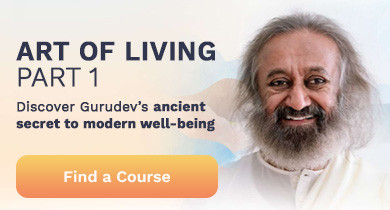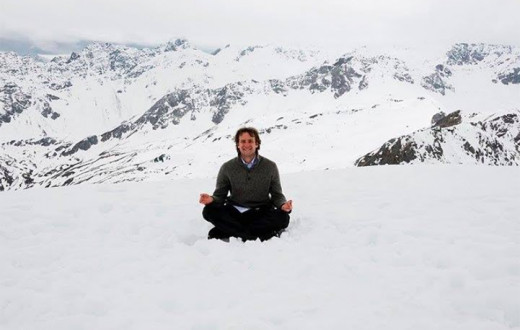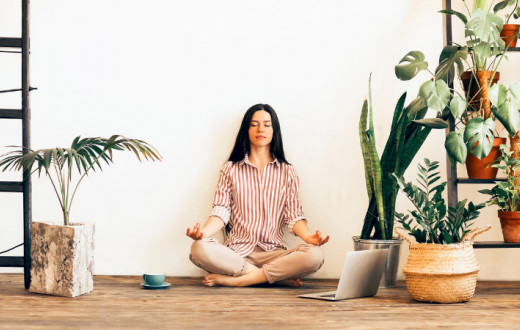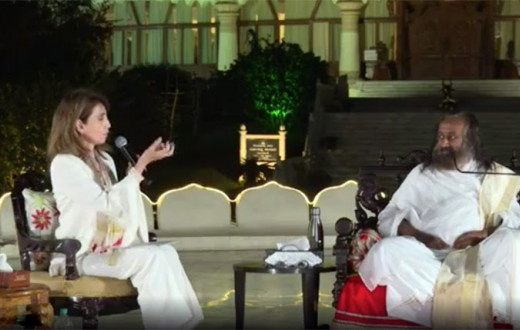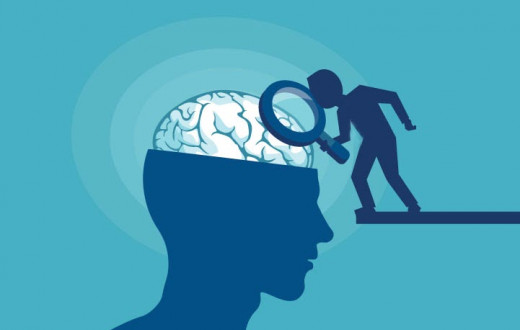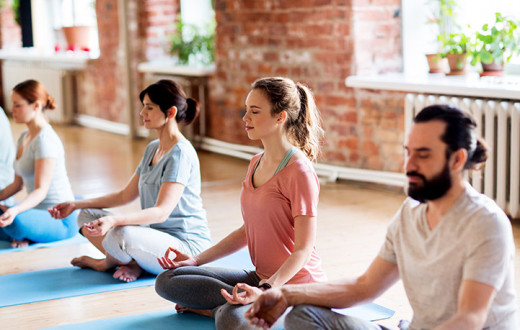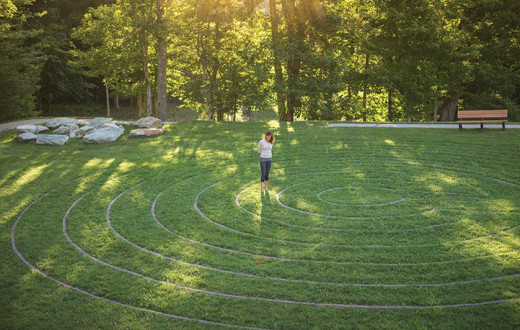By Denise Everheart I Posted : November 03, 2020
Challenging times call for a well-stocked survival kit. Stock yours with 7 relaxing breathing exercises now!
Are you struggling to relax even when you are doing activities that should be relaxing? You are not alone!
Stress and anxiety are increasing for greater numbers of people. In these times everyone can benefit from stocking their own ‘survival kit’ with relaxing breathing exercises you can do anytime, anywhere.
I breathe all the time…
You have been breathing your whole life but how much do you know about the power of your breath? Breath is automatic, yet it can also be controlled. Breathing exercises use that ‘control’ to help you release both emotional and physical toxins while also giving you relaxation for your mind and body.
Most controlled breathing, also called pranayama, has you inhale and exhale through the nose only. Though some techniques instruct you to exhale through the mouth.
Can deep breathing help you sleep?
Can’t seem to fall asleep? Too many thoughts circling inside your head? Deep breathing can be an easy, safe, and effective way to deal with insomnia.
How does deep breathing help with sleep issues? Your breath is connected to your emotions! And emotions are connected to your thoughts. And thoughts can keep us awake when we want to sleep! Mindful breathing is a natural relaxation technique. With full attention on your breath, your thoughts are able to take a backseat and allow you to relax more and more.
Try this simple technique, a body scan- also known as progressive muscle relaxation. While lying in bed take your attention slowly to your: feet, knees, thighs, and hips, groin, abdomen, belly, chest, right arm, left arm, throat, face, head. Finish by having gentle attention on the whole body. As you take your attention from the feet to the head, try using the Ocean breath.
What are the easiest breathing exercises for relaxation?
Relaxing just got easier! Try these 7 deep breathing exercises for relaxing when you need it most!
1. Belly breathing
Belly breathing, also called diaphragmatic breathing, is done while lying flat on your back.
Place your left hand on your belly.
Place your right hand on your chest.
Breathe in deeply through the nose letting the belly rise as you breathe.
Your right hand and chest should not rise.
Exhale slowly letting your belly deflate naturally.
Continue for 3-5 minutes.
2. Alternate nostril breathing
Often used in yoga studios, alternate nostril breathing balances the hemispheres of the brain. This pranayama, also called Nadi Shodhan, can be practiced as much or often as you like. Here are the full instructions in a video.
3. Straw breath
Straw breath can be done with eyes open or closed with no time restrictions. Also called ‘pursed lip’ breathing, straw breath can help lower blood pressure in the moment. But it is not a substitute for medication. For an even deeper relaxation response as you breathe in, take your attention from your feet to the top of your head as a body scan. And as you exhale allow your attention to naturally drift back to the feet.
Breathe in through the nose.
Shape your lips as if there is an ‘invisible straw’.
Slowly exhale through the ‘invisible straw’.
4. Ocean breath
This deep breathing technique has many names: sound breath, victory breath, Ujjayi, and even Darth Vadar breath! Ocean breath also has many ways to use it: during yoga, body scans and other controlled breathing using various counts.
Ocean breath is a cousin of snoring since it resembles the snoring sound and gives us a clue on how to do it. In order to make the sound, you need a little attention on the back of the throat. Try imagining yourself on a hot day, sipping an ice-cold lemonade. What is the sound you make after drinking? Ahhhhh!
That ‘ahhhhh’ is the sound you want to make as you inhale and exhale through the nose with the mouth closed. To properly learn ocean breath, along with other pranayamas- take the next available SKY Breath Meditation workshop. For more information about SKY, see below.
5. Box breathing
Box breathing, sometimes called square breathing, is one of the most common breathing techniques suggested by the medical profession. Here’s an easy-to-follow video.
6. Bee breath
This pranayama is known as the humming breath. In Sanskrit it is called Bhramari pranayama is best known for relieving frustration, anxiety, and anger. It is also great for improving sleep. Watch this video for full instructions.
7. SKY Breath Meditation
If you struggle with stress, this is the best relaxing breathing exercise on the planet! But don’t take my word for it, check out these testimonials. For more information on SKY, you can attend a free online session, Beyond Breath. This live session with a meditation instructor will answer all your questions while also giving you a glimpse into the SKY Breath Meditation workshop.
The best breathing technique for anxiety
If you are unable to relax you could be experiencing a mild level of anxiety. If mild anxiety isn’t remedied it could lead to higher blood pressure and other anxiety-related illnesses.
Disorders like social anxiety, obsessive-compulsive disorder (OCD), and panic disorder can happen when anxiety is allowed to grow unchecked. These types of anxiety can be debilitating to the point that one cannot even conceive of seeking help. It is better to nip anxiety in the bud than let it take over your life!
Thankfully there is a technique that uses a specific breathing pattern that shifts you from your sympathetic nervous system overload to one of deep rest and relaxation. SKY Breath Meditation, an evidence-based breathing meditation practice, is proven to help with all things related to stress. Have a look at the science and see for yourself.
Now your ‘survival kit’ can be well-stocked using these relaxing breathing exercises! Breathe in, hold the breath...and let it go...
Denise Everheart is a freelance writer, breath meditation coach, and recipe designer. Follow her @everheartstudio4meditation and @celeplateyourlife on Instagram.
Disclaimer: This content on the Art of Living Blog is not intended to be a substitute for professional medical advice, diagnosis, or treatment. Always seek the advice of your physician or other qualified health providers with any questions you may have regarding a medical condition, Any links to third-party websites are provided as a convenience only and the Art of Living Blog is not responsible for their content.
